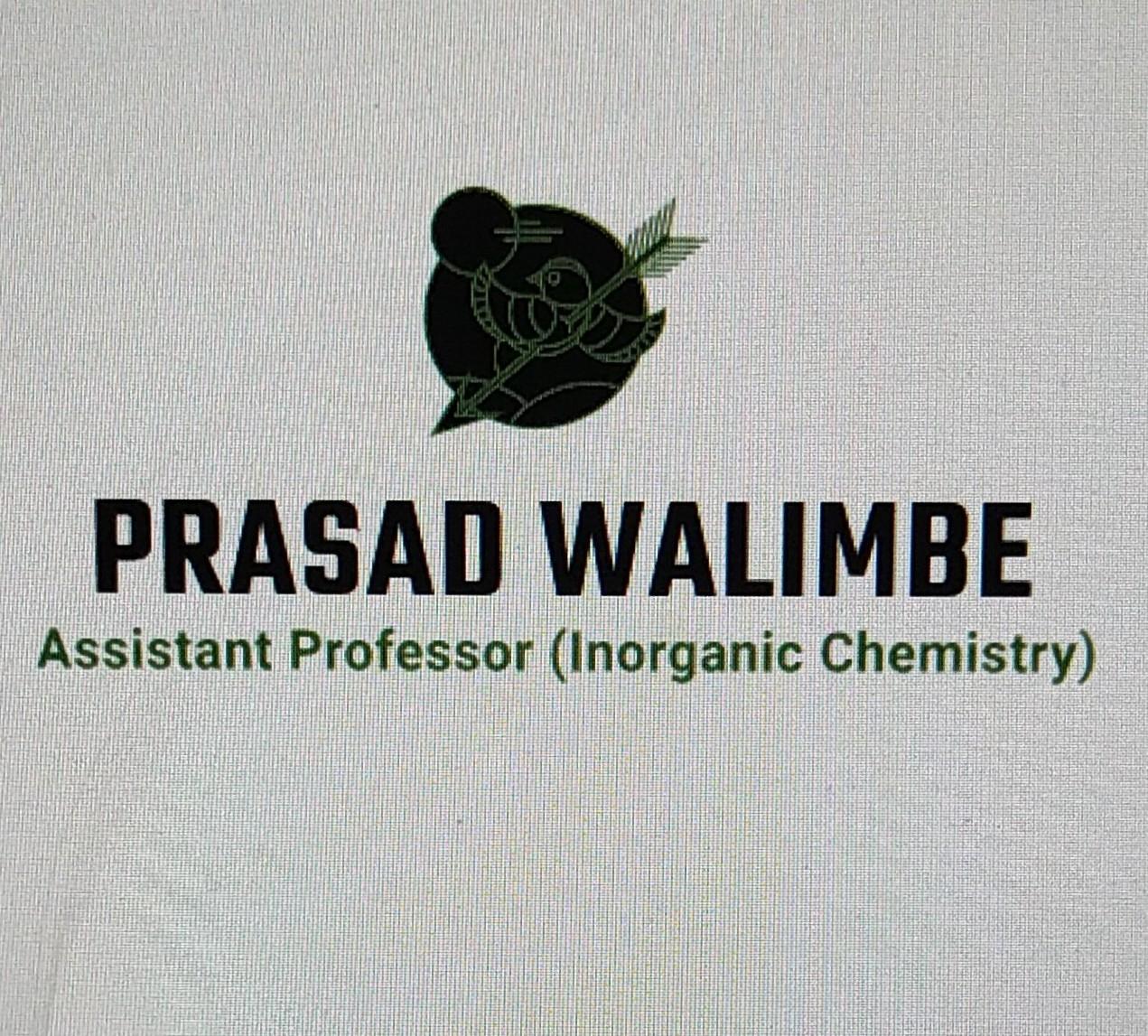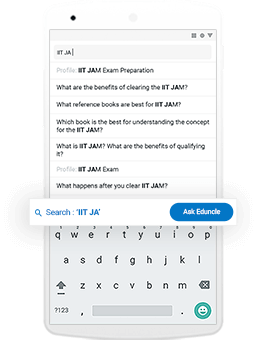Time management is very much important in IIT JAM. The eduncle test series for IIT JAM Mathematical Statistics helped me a lot in this portion. I am very thankful to the test series I bought from eduncle.
Nilanjan Bhowmick AIR 3, CSIR NET (Earth Science)
S
Shweta Thakur posted an Question
February 16, 2020 • 22:55 pm
![]() 50 points
50 points
- IIT JAM
- Chemistry (CY)
Why fluorine react with alkene too rapidly while iodine does not
why fluorine react with alkene too rapidly while iodine does not
1 Answer(s)
Answer Now
- 0 Likes
- 1 Comments
- 0 Shares
-
![comment-profile-img]() >
>
T
Do You Want Better RANK in Your Exam?
Start Your Preparations with Eduncle’s FREE Study Material
- Updated Syllabus, Paper Pattern & Full Exam Details
- Sample Theory of Most Important Topic
- Model Test Paper with Detailed Solutions
- Last 5 Years Question Papers & Answers
Sign Up to Download FREE Study Material Worth Rs. 500/-










 >
>







Walimbe prasad Best Answer
Alkenes undergo an addition reaction with halogens; the halogen atoms partially break the carbon-carbon double bond in the alkene to a single bond and add across it. Radical halogenations require only a radical chain initiator like light or higher temperatures. Remember the reactivity of halogens decreases down the group, therefore the addition reaction of alkenes with chlorine takes place faster with chlorine than for bromine with iodine being the slowest. Fluorine is the most reactive of all non-metals elements and does not produce a useful reaction with alkenes. For example ethene reacts explosively with fluorine to produce carbon and hydrogen fluoride gas.This is because of low activation energy of the reaction.. Below are the chemical equations for the first four members of the alkenes homologous series addition reactions with halogens. In contrast to other halogens, the direct free radical halogenation of alkanes with iodine is endothermic and the chain reaction will not proceed. The iodination of alkanes is, therefore, particularly challenging.
Thank you so much